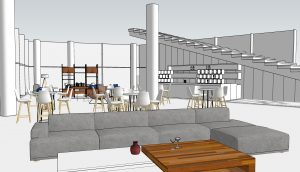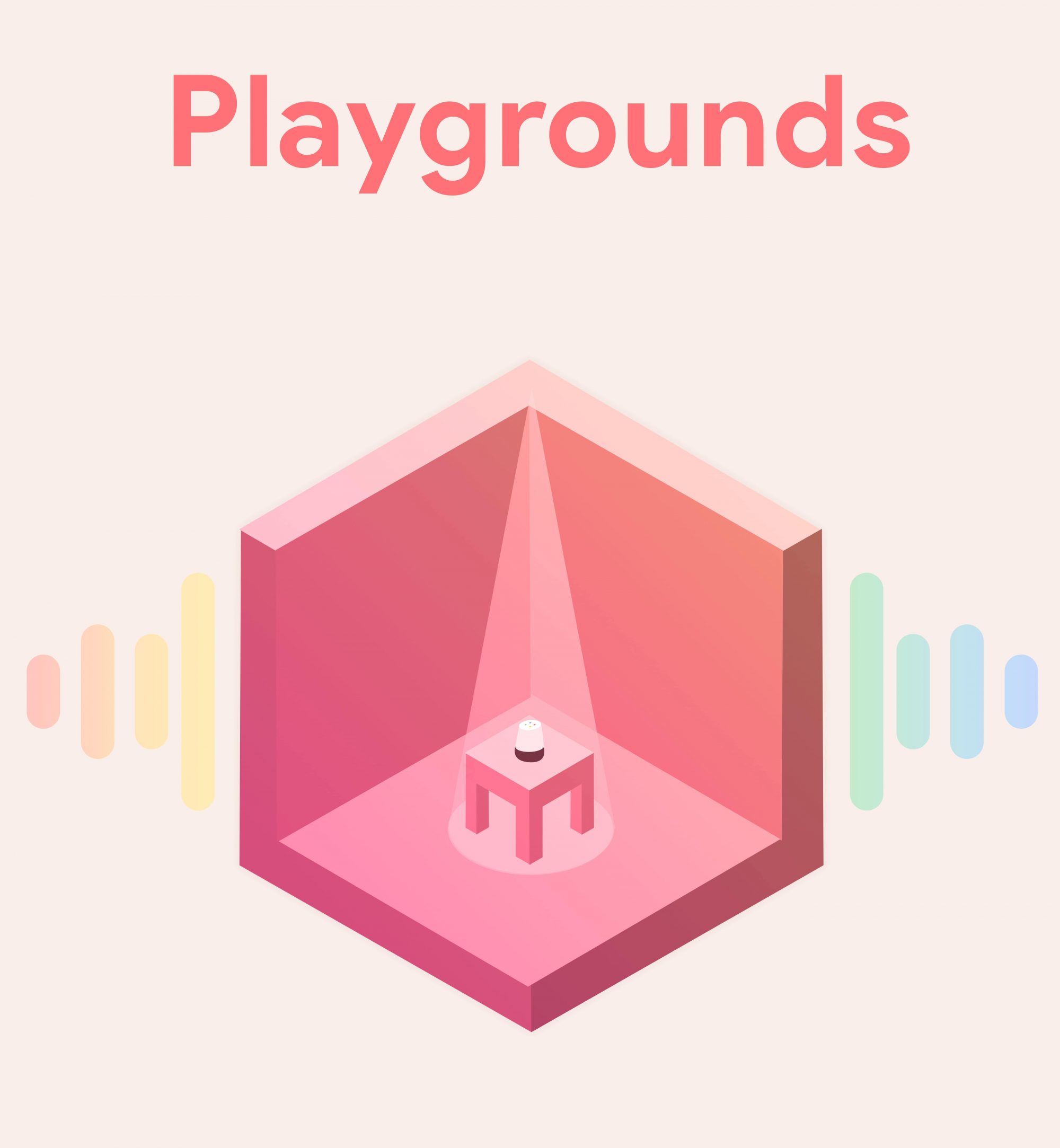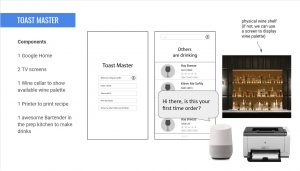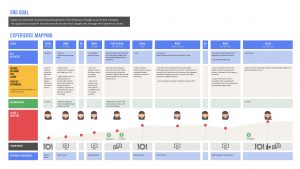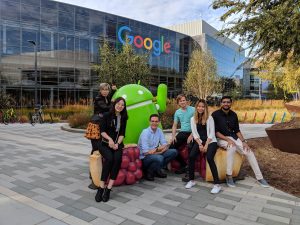Week Six found the team solidifying design and working on our foundation.
Preliminary design continued this week on multiple fronts. For the designers, this meant continuing to develop and iterate on the Vocal User Interface, or VUI. Finding a natural, intuitive way for the Assistant to interact with guests will be vital for the project’s success. As we’re using the standard SDK, the two ways we’re focusing on improving the guest interaction are by shaping the questions to lead the guest towards specific categories of words, and also by increasing the Assistant’s vocabulary. The first task has meant iterating on questions, and understanding the difference in user reactions when asked about their favorite movie, verses their favorite genera of movie. The second has involved finding and curating lists of hundreds of nouns and adjectives, and making sure they fit into the properly detected areas of speech in Assistant’s Dialogue Flow.
Of course, none of this will be usable if we can’t establish our infrastructure first. The team’s programmers are working on getting our databases up and running. Beyond parsing the pieces of language, it is also vital that we have a large base of drinks to pull from. Making sure this database of drinks is accessible by Dialogue Flow is essentially our core guest interaction, and requires several different pieces of software to communicate as well.
The good news is, once these tasks are finished the first time, they will scale with significantly less effort. Even though our end goal is six different sets of modular conversations, we are beginning our design focusing on a single conversation about the guest’s favorite genera of movie, and selecting drinks based on spirit and flavor. If we can get this model up and running, expanding and iterating on it should go much faster than raw construction.
Our client meeting this week helped us realize a blind-spot in our design; operations. The team has spent so much time refining the through-line of the experience, we hadn’t given much thought into how Toast Master would fit into the physical space. Buoyed by the idea that our fleshed-out user experience was meeting with approval, we are now adding focus to physical details ranging from signage to the design of the bar that Toast Master may be house in.
With three weeks until our Halves presentation for the assembled student body, we understand that timing is tight. However, still on schedule and with our most difficult work already underway, the team is optimistic about what we can achieve by the end of the semester. Next week will be focused on developing the holistic view of the experience, playtesting, and getting our collected databases up and running.
